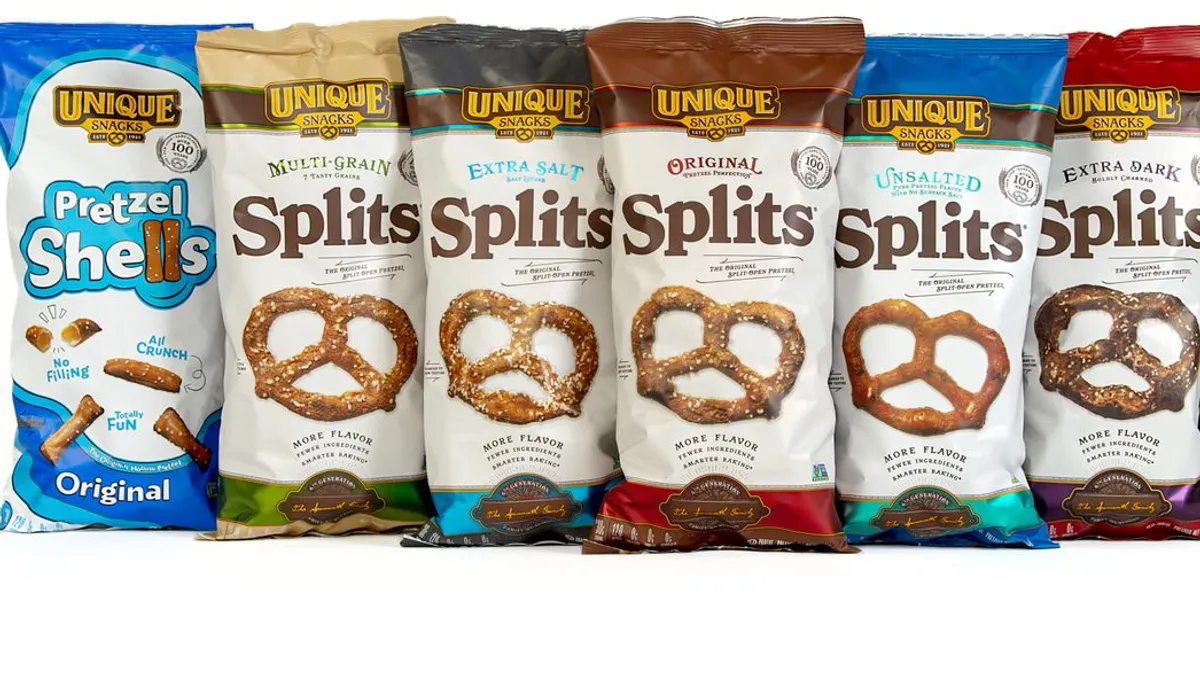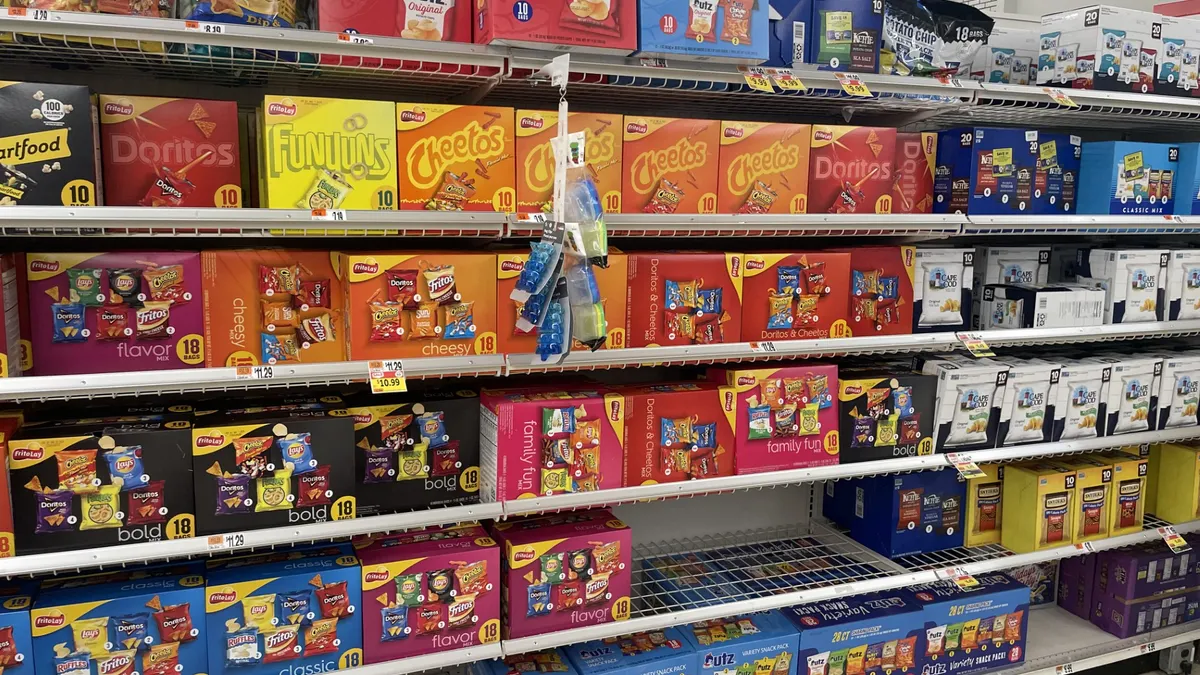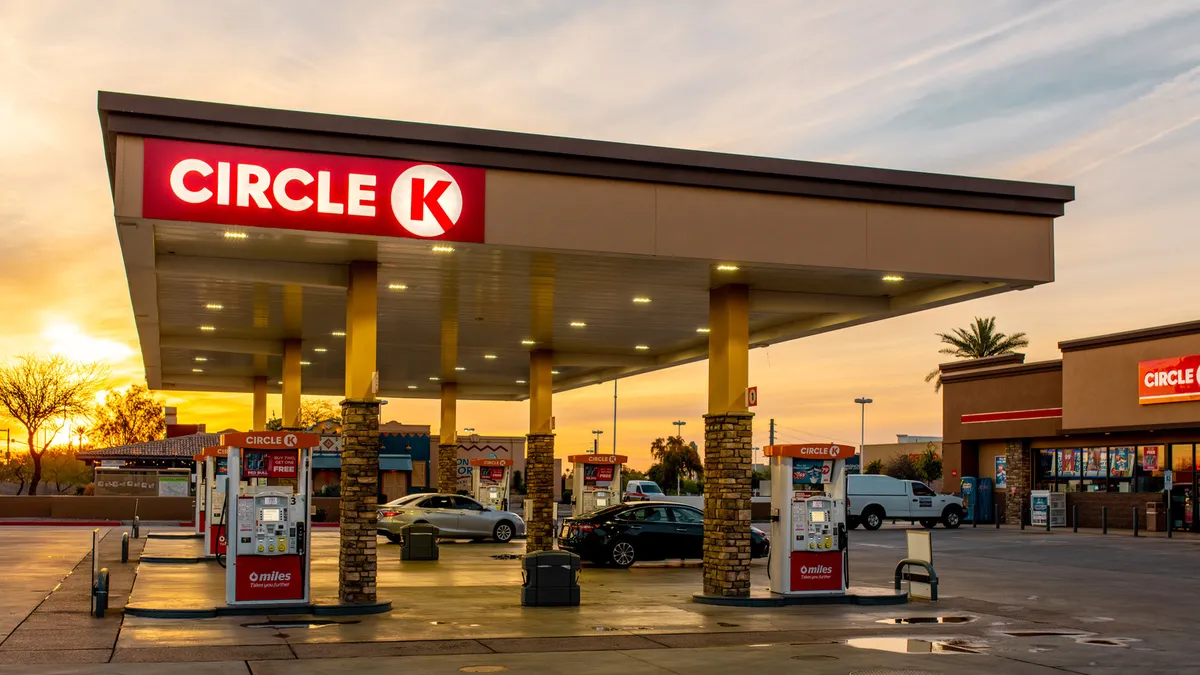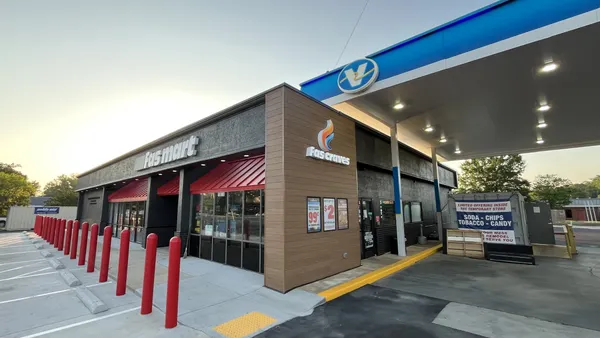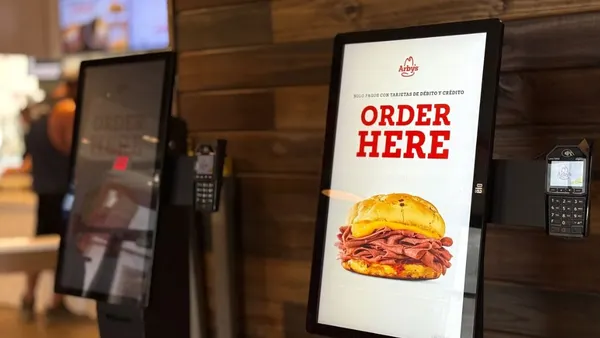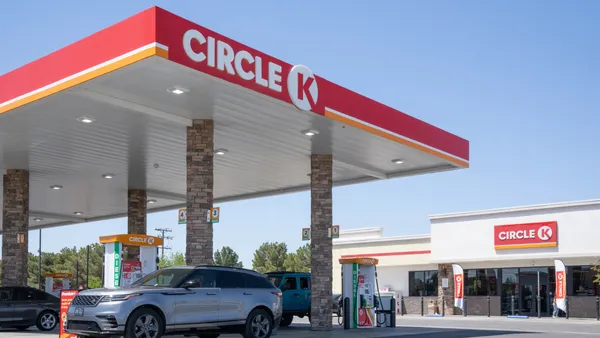For a category that hasn’t seen much innovation during the last few decades, pretzels may seem like an unlikely place for Hershey to place a billion-dollar bet as it aims to solidify its presence in salty snacks.
The confection giant did just that when it announced last November it was buying fast-growing Dot’s Homestyle Pretzels and its Midwest co-manufacturer Pretzels Inc., for $1.2 billion — a combined deal that would be the second-largest deal in its history.
But Dot’s was unlike most other pretzel brands. The family-owned North Dakota business was single-handedly upending the pretzel category with bold flavors like Southwest and Honey Mustard and eye-catching packaging. Hershey wanted in. Flavor has been a hugely valuable attribute for drawing consumers to Dot’s, according to a Hershey study, with 80% of people saying it was the factor that brought them to the brand.
“There hasn't been much much innovation in the category other than is it flat or rolled, or it is bigger or smaller,” said Jeff Lilla, vice president of sales for Hershey’s salty snacks division. “It’s kind of been a sleepy category.”
More than a filler
Once associated with bars, airlines or parties in rods or the customary folded shape dusted with salt, the once commoditized pretzel is seeing its profile rise in the $106 billion crowded snacking category in the United States. Pretzel sales rose 16.2% to $1.7 billion during the 52 weeks ended August 7, according to IRI, a Chicago-based market research firm.
While Snyder’s of Hanover was far-and-away the top-selling brand during the period, rising 8.1% to $566 million during the period, Dot’s moved into second place among branded items with $274 million, a jump of nearly 60%.
Rold Gold, owned by PepsiCo’s Frito-Lay, was one of just a few pretzel brands to report a decline with sales of $117 million, a drop of 7.5%.
“Pretzels were viewed as filler when you’re drinking a beer, or an easy snack. It was a staple. There was not actual excitement. And so over the last several years, you’re starting to see creativity, seasonings, flavorings and different twists on pretzels so that pretzels are actually more sought after.”

Norman Cross
Director of sales, Unique Snacks
Not only are consumers snacking more, providing a natural uplift to pretzels, but the treat is viewed as a more healthy option among many people due to its whole grains and low levels of sugar and salt. Further growth is expected to come as pretzel makers like Dot’s and smaller regional brands continue adding flavors such as spicy, honey mustard and buffalo, or experiment with different shapes.
“We just didn’t see it, as an industry, as a very big category until all of a sudden flavored pretzels blew up on the scene,” said Randy Johnson, president of Dot’s, who has been in the snacking space for more than four decades. “There are other fast followers and private brands that are following up on the success that we’ve had, so certainly the pretzel category is going to continue to grow for quite a while.”
Smaller pretzel makers say Hershey’s purchase of Dot’s has provided a lift to the broader pretzel category. The expansion of the brand has raised consumer awareness about the snack segment and opened up new opportunities for mom-and-pop businesses that have been toiling for years.
Hershey also has spent money on innovation and marketing that has generated more consumer awareness for premium pretzels, while the higher price point has increased acceptance that it’s okay to pay more for a differentiated, quality product.
Norman Cross, director of sales at Unique Snacks in Reading, Pennsylvania, said for years the pretzel category was dominated by brands such as Rold Gold and Snyder’s of Hanover, now owned by Campbell Soup, that thrived largely because they owned the distribution networks.
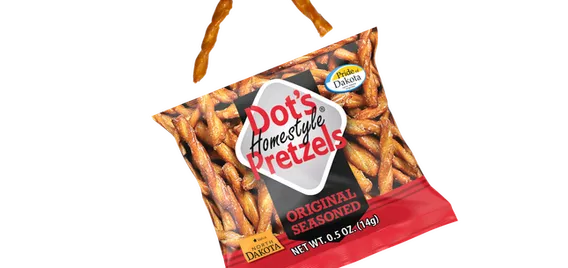
But e-commerce companies such as Amazon, coupled with social media platforms, have exposed consumers to other kinds of pretzels they could have access to anywhere in the world. At the same time, natural and organic stores and aisles have increased the demand for other offerings beyond those regularly carried by big box chains.
“Pretzels were viewed as filler when you’re drinking a beer, or an easy snack. It was a staple. There was not actual excitement,” Cross said. “And so over the last several years, you’re starting to see creativity, seasonings, flavorings and different twists on pretzels so that pretzels are actually more sought after.”
Daniel McCarthy, an assistant marketing professor at Emory University, said upstart companies are in a better position to experiment with new flavors because of their reputation for innovating and needing to try something new to differentiate themselves. Big-name brands risk “confusing the customer” if they diverge too far away from what the product is known for, he said.
Finding its heyday
The premiumization shift infiltrating pretzels is similar to what has taken place in other categories before, like craft in beer or specialty blends and ready-to-drink offerings in coffee.
The move from a mug of beer or 10-cent cup of joe has provided manufacturers with a more lucrative, higher margin product and given shoppers access to something different and considered to be better quality — attributes that generate much-needed buzz to help attract lapsed or infrequent users back to the category.
Cross with Unique Snacks said while the 100-year-old company’s way of making pretzels hasn’t changed much during its history — it still uses five primary ingredients and avoids adding sugar to proof its pretzels — the family-owned business has stepped-up the pace of innovation to keep up with other pretzel makers and salty snack competitors.
Unique Snacks plans to launch its newest product line with four new products in February by leaning into new flavor profiles, Cross said.

Pretzels “are such a small percentage of the salty snack category in sales today that there’s an opportunity to change that,” Cross said. “Pretzels never really had their heyday to be a dominant force in that whole category.”
The opportunity has been a boon to both smaller and larger pretzel manufacturers alike.
Emory’s McCarthy, a self-described “pretzel lover” of the older traditional flavors, said smaller companies dabbling in more adventurous options can be an attractive acquisition target for a larger CPG — much like Dot’s was for Hershey. An acquisition not only gives the bigger manufacturer a unique product, but it often comes with higher margins and a greater tendency to generate repeat customers. Smaller players instantly benefit from the buyer’s deep pockets and a wider distribution of their products.
“Some of the old incumbents could be interested in acquiring some of these brands,” McCarthy said. “To the extent that they get gobbled up by the traditional players like a Hershey or a Snyder's [Lance], I think that it could be great for everybody.”
For much of Suzanne Foley’s life, pretzels were an extraneous part that she never gave much attention to after first trying them at a family function three decades earlier. But all that changed six years ago when Foley lost her job as a business manager, a position that she had hoped to retire from.
With extra time on her hands, Foley started making pretzels using the family recipe for other folks in her hometown in New Hampshire, part of New England better known as a chip mecca.
Foley insists she wasn’t trying to turn her hobby into a full-fledged business but demand soared and she outgrew her kitchen. She expanded Port City Pretzels into a 10,000-square-foot manufacturing facility and now has outgrown that space too.
Sales are forecast to double to $3 million next year, and Foley, who has two shifts of workers making pretzels with flavors such as Tasty Ranch Dill and Tangy Mustard ‘N Honey, would expand to three if she could find enough workers. Today, Port City’s pretzels are sold in grocery stores and Walmart, and the company has done testing at Walgreens.
“My biggest problem is being able to keep up with production. Selling has never been a problem since I started,” Foley said. “I’m a numbers person and as much as I sit and do my projections, I’m blowing them out of the water. It’s a wonderful thing. It’s the American dream. But it’s hard.”



